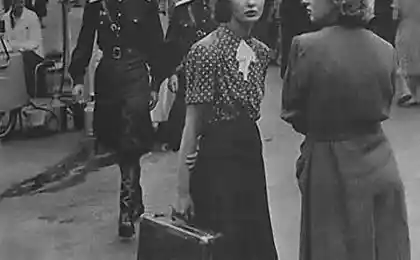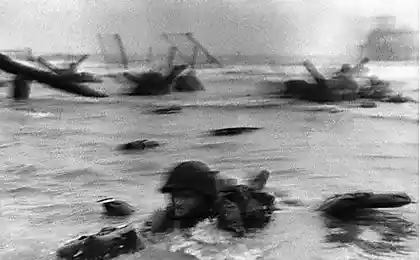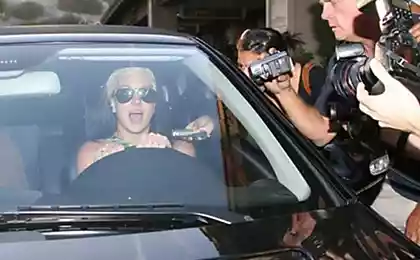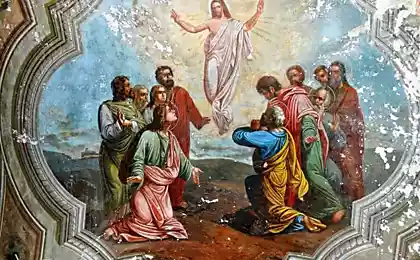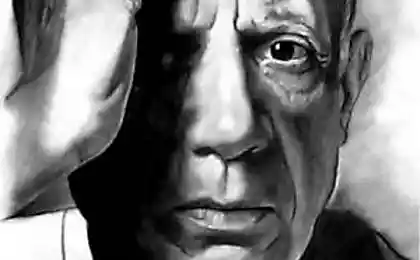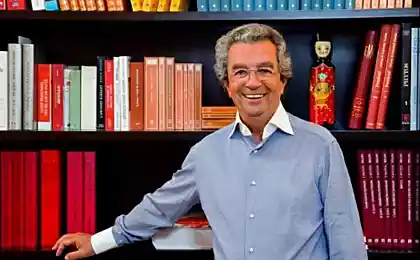1695
25 pictures of the great photographer Henri Cartier-Bresson
August 22, 1908 was born Henri Cartier-Bresson - a living legend and father of photojournalism, a French photographer, without which it is impossible to imagine the photographic art of the XX century. He was the founder of the genre of "street photography". His black-and-white images - history, atmosphere, breath and rhythm of life of an era, and his photographs are studying hundreds of contemporary photographers.
We are in the Website can not but share the best photos of the legendary master.
In the 30s the young Bresson see the famous picture of the Hungarian photojournalist Martin Munkácsy "Three Boys at Lake Tanganyika." "I suddenly realized that through photography can capture the infinite in one moment of time - Cartier-Bresson wrote many years later. - And this picture has convinced me of this. In this photo so much stress, so much spontaneity, so much joy of life, so much weirdness that even today I can not stand to look at it ».

Becoming Bresson as a photographer happened during World War II: Nazi captivity, escape, participated in the Resistance - to capture on film the military routine of the photographer demanded not only a good eye, but also the courage and composure.
In 1947, Cartier-Bresson was one of the founders of the famous international association of photographers Magnum - response to the predatory policies in relation to photographers many Western agencies and magazines. Photographers agency divided the globe into "spheres of influence", and Cartier-Bresson went to Asia. Reports made to them in the countries receiving or struggling for independence - India, China and Indonesia - have made it a global photojournalist.


Bresson glorified method of "photographing the invisible" - the model for the most part and did not suspect that they are removed. For more masking Cartier-Bresson even sealed shiny metal parts of your camera black tape.

But the main feature of the photographer and truly a gift - it « a crucial time » , a phrase which, with his light hand got in the photographic world fame. Bresson has always tried to shoot any subject at the peak of his emotional stress, and you will get a feeling for it through his photographs.






"Photography in itself does not interest me. I just want to grab a slice of reality. I do not want to prove anything to stress. Things and people speak for themselves. I do not do "kitchen". Work in the laboratory or in the studio I can cause nausea. I hate to be manipulated - either during shooting or afterwards, in a dark room. Good eye always notice such manipulations ... The only moment of creation - it is one hundred and twenty fifth of a second, when the shutter clicks, the camera flashes light and movement stops ».

"It sometimes happens that you are unsatisfied, freezes in place, waiting for the moment, and the denouement comes suddenly, and probably a good picture would not have been if someone passing by would not have fallen accidentally into the lens of the camera." < br />




"I can not stand to organize events and direct. This is terrible ... It is impossible to falsify the present. I love the truth and only the truth show ... »
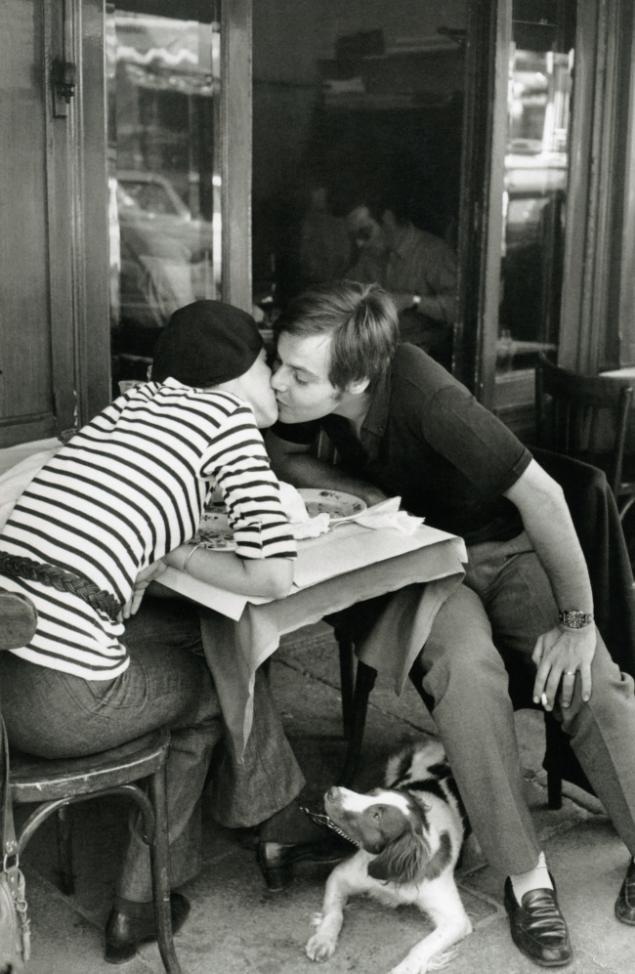


"The reality that we see, infinite, but only her favorites, meaningful, decisive moments that we have something struck remain in our memories. Of all the means of representation only photography can capture a precise moment, we are playing with things that disappear, and when they're gone, you can not get them back again ».
I have the photographer happens in the Soviet Union. In 1954, Cartier-Bresson was the first Western photographer who after the death of Stalin was allowed to visit the Land of the Soviets. Photos taken during the visit, the album entered the Cartier-Bresson "Muscovites».


"Photography - is something like a premonition of life, when the photographer, perceiving plastic changing information in a split second captures the expressive balance, suddenly emerged in perpetual motion».




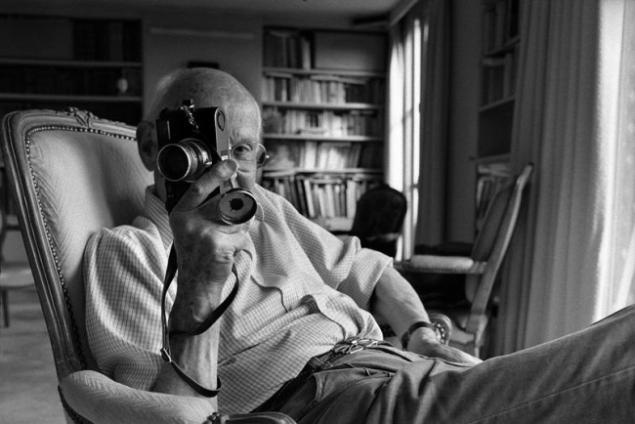
Henri Cartier-Bresson died on 2 August 2004 in L'Isle-sur-la-Sorgue, a small town in southern France, not having lived a few weeks before his 96th birthday.
Photos: magnumphotos
via www.magnumphotos.com/C.aspx?VP3=CMS3&VF=MAGO31_10_VForm&ERID=24KL53ZMYN
We are in the Website can not but share the best photos of the legendary master.
In the 30s the young Bresson see the famous picture of the Hungarian photojournalist Martin Munkácsy "Three Boys at Lake Tanganyika." "I suddenly realized that through photography can capture the infinite in one moment of time - Cartier-Bresson wrote many years later. - And this picture has convinced me of this. In this photo so much stress, so much spontaneity, so much joy of life, so much weirdness that even today I can not stand to look at it ».

Becoming Bresson as a photographer happened during World War II: Nazi captivity, escape, participated in the Resistance - to capture on film the military routine of the photographer demanded not only a good eye, but also the courage and composure.
In 1947, Cartier-Bresson was one of the founders of the famous international association of photographers Magnum - response to the predatory policies in relation to photographers many Western agencies and magazines. Photographers agency divided the globe into "spheres of influence", and Cartier-Bresson went to Asia. Reports made to them in the countries receiving or struggling for independence - India, China and Indonesia - have made it a global photojournalist.


Bresson glorified method of "photographing the invisible" - the model for the most part and did not suspect that they are removed. For more masking Cartier-Bresson even sealed shiny metal parts of your camera black tape.

But the main feature of the photographer and truly a gift - it « a crucial time » , a phrase which, with his light hand got in the photographic world fame. Bresson has always tried to shoot any subject at the peak of his emotional stress, and you will get a feeling for it through his photographs.






"Photography in itself does not interest me. I just want to grab a slice of reality. I do not want to prove anything to stress. Things and people speak for themselves. I do not do "kitchen". Work in the laboratory or in the studio I can cause nausea. I hate to be manipulated - either during shooting or afterwards, in a dark room. Good eye always notice such manipulations ... The only moment of creation - it is one hundred and twenty fifth of a second, when the shutter clicks, the camera flashes light and movement stops ».

"It sometimes happens that you are unsatisfied, freezes in place, waiting for the moment, and the denouement comes suddenly, and probably a good picture would not have been if someone passing by would not have fallen accidentally into the lens of the camera." < br />




"I can not stand to organize events and direct. This is terrible ... It is impossible to falsify the present. I love the truth and only the truth show ... »



"The reality that we see, infinite, but only her favorites, meaningful, decisive moments that we have something struck remain in our memories. Of all the means of representation only photography can capture a precise moment, we are playing with things that disappear, and when they're gone, you can not get them back again ».
I have the photographer happens in the Soviet Union. In 1954, Cartier-Bresson was the first Western photographer who after the death of Stalin was allowed to visit the Land of the Soviets. Photos taken during the visit, the album entered the Cartier-Bresson "Muscovites».


"Photography - is something like a premonition of life, when the photographer, perceiving plastic changing information in a split second captures the expressive balance, suddenly emerged in perpetual motion».





Henri Cartier-Bresson died on 2 August 2004 in L'Isle-sur-la-Sorgue, a small town in southern France, not having lived a few weeks before his 96th birthday.
Photos: magnumphotos
via www.magnumphotos.com/C.aspx?VP3=CMS3&VF=MAGO31_10_VForm&ERID=24KL53ZMYN
When the photographer - mother of 10 children
Wonderful quotation from the book of children Korney Chukovskiy

